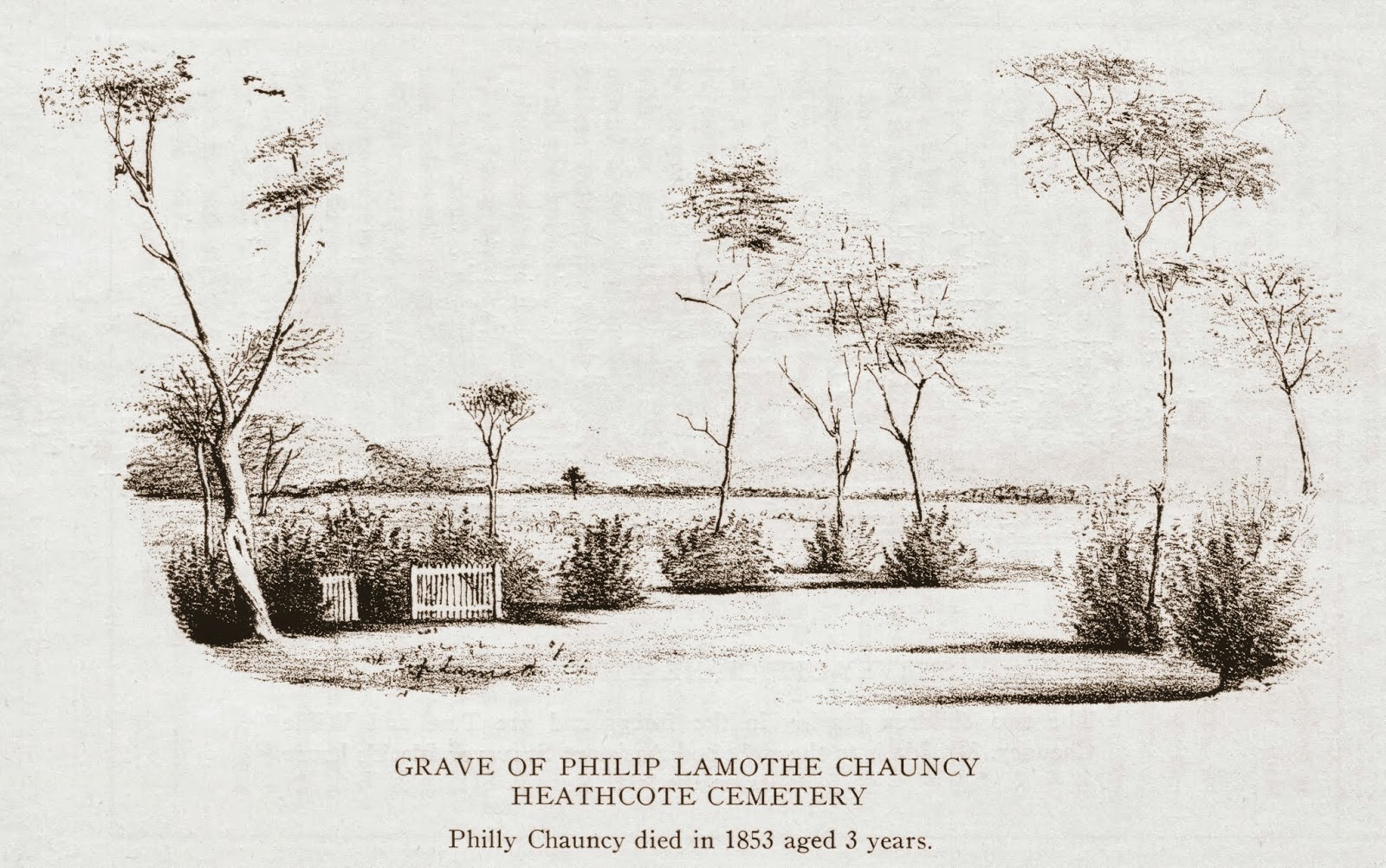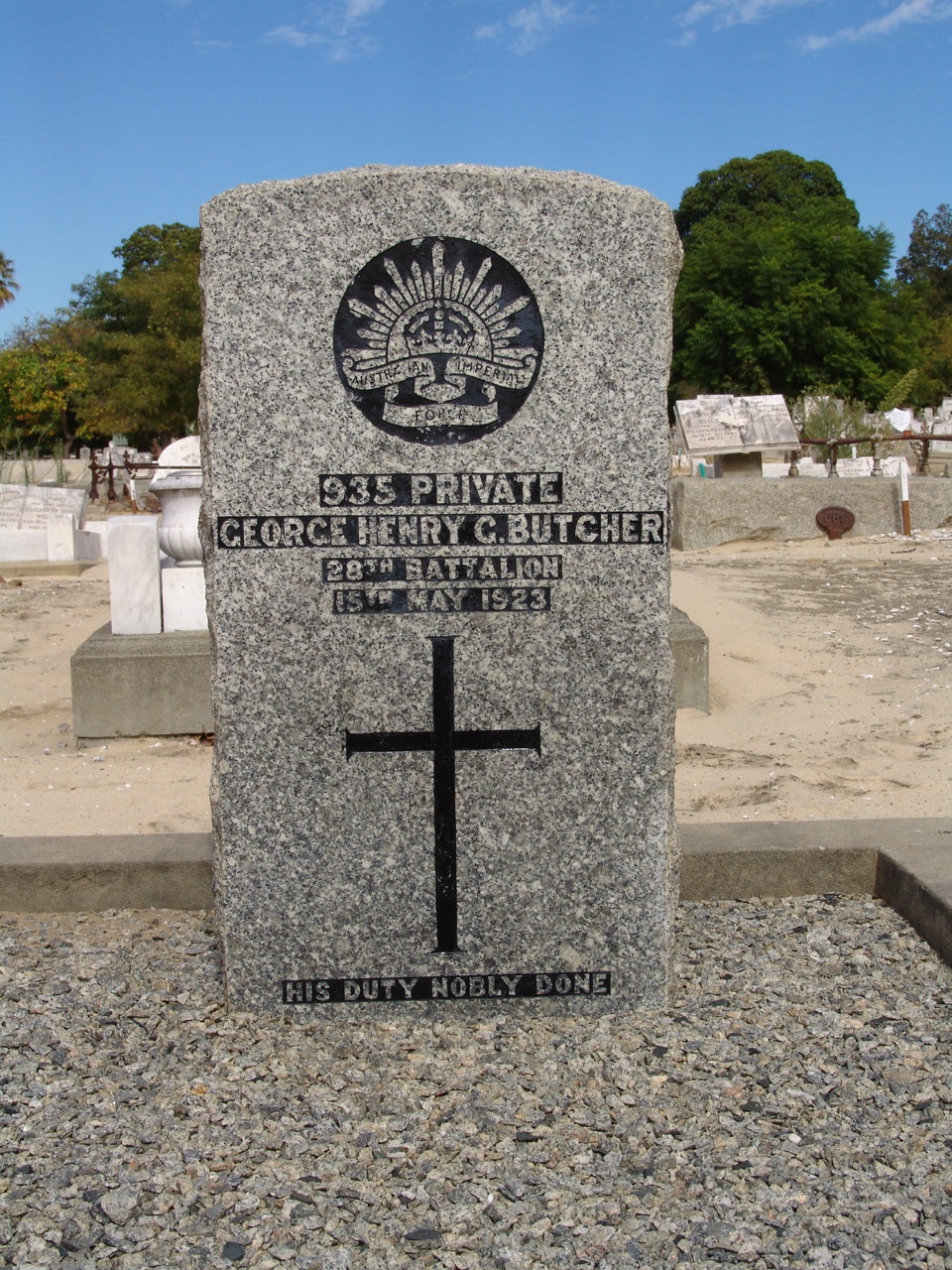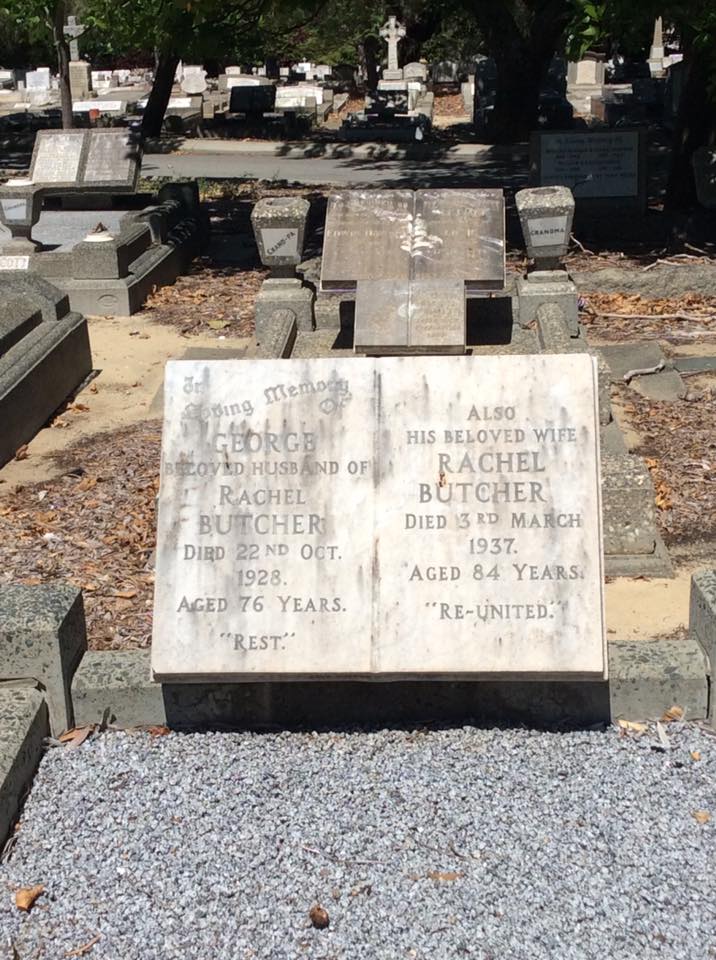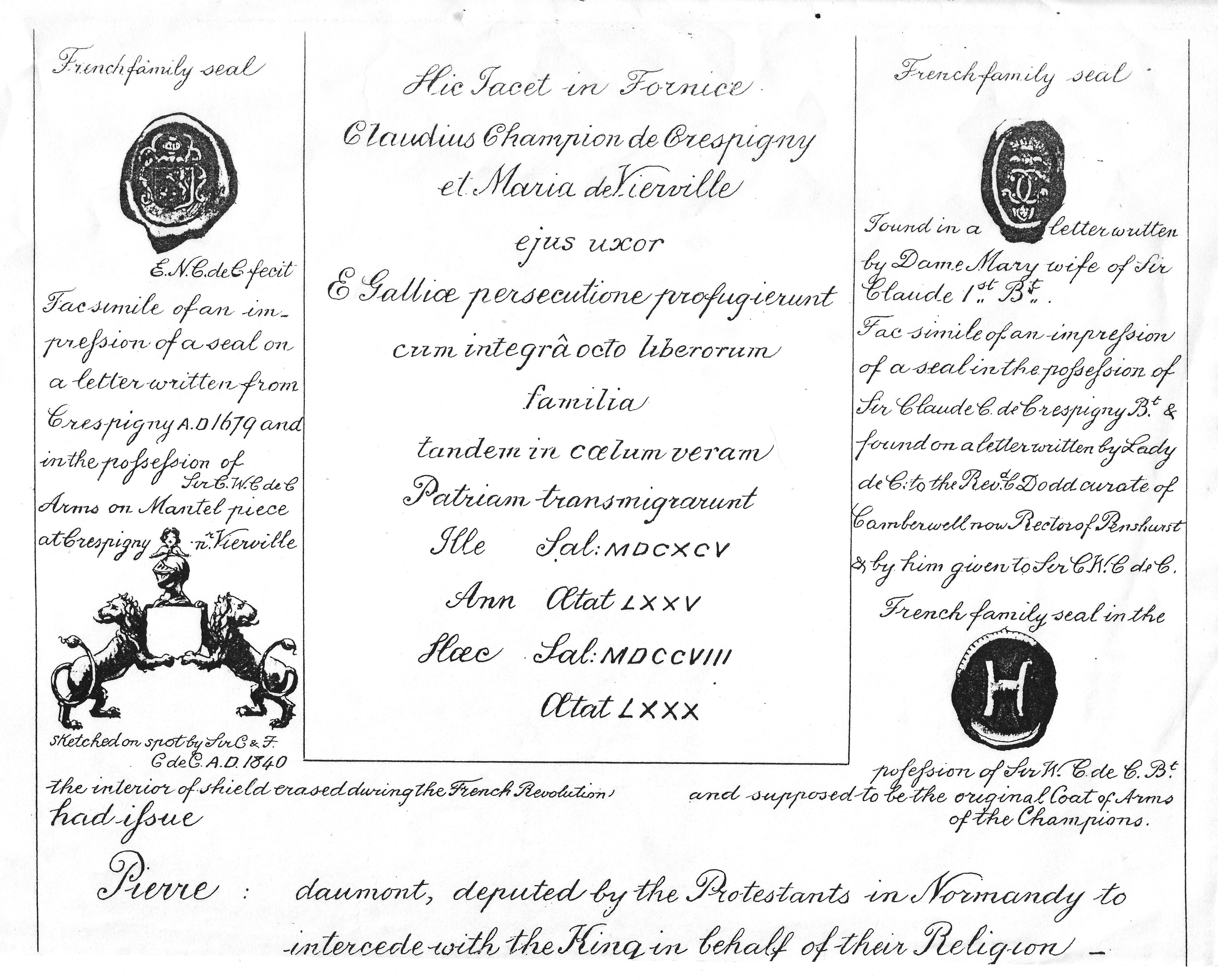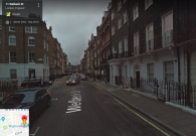Caroline Young, great aunt of my husband Greg, was born in June 1895 to John Young, a miner, and his wife Sarah Jane née Way at Bowenvale, a gold mining settlement near Dunolly in central Victoria. Caroline, named after John’s mother Caroline Young née Clarke, was his first child. She was the fourth child of Sarah Jane.
On 10 July, aged 17 days, Caroline died of debility, that is, of weakness, which she had suffered from birth. Her death was not certified by a doctor.
Caroline Young was buried in the Timor cemetery on 11 July. The undertaker was Joseph DuBourg; her burial was witnessed by John Tuohy and Alexander Rees.
A few days ago Greg and I drove to Bowenvale, which adjoins another mining settlement, called Timor.* The cemetery, which serves both villages, is known as Timor Cemetery.
I was pleasantly surprised to find that since our last visit, in about 1999, a shelter at the gates of the cemetery had been erected by the cemetery trust, with an information board and several lists and maps. One gave the location of Caroline’s grave. Though there was no headstone, the trustees had marked the site with a small plaque and the name ‘Young’.


At the time of little Caroline’s death, John Young was very probably working for a mining company, though I do not know which. One of the largest was the Grand Duke. We set off across the paddocks to look at what remains. There’s not much left. Between 1869 and 1896 this mine produced 216,000 ounces of gold worth about $500,000,000 today.

Photograph from the State Library of Victoria
One structure that remains more or less intact is a large granite arch, part of the pump house, which kept the underground workings free of water. There are also some mullock heaps, piled-up heaps of excavated and worked-over rock and dirt.




Caroline’s brother John Percy Young was born at Bowenvale in 1896 but by July 1898, when Cecil was born and Sarah Jane died, the family had moved to Rokewood, south of Ballarat, 100 kilometres away. When Sarah Jane died John Young moved back to the Bowenvale district. His sisters cared for the two young boys in Homebush and later in Clunes, nearby.
Related posts and further reading
- A short life; peaceful rest. The death and burial of Sarah Jane Young at Rokewood.
- Cecil Young and family: Cecil’s early life up to end World War I
- Trove Tuesday: Obituary for John Young (1856 – 1928)
* Why ‘Timor’? A connection with the former Portuguese colony is not impossible, but a suggestion that the word is the local Aboriginal name for ‘creek’ seems more likely. See John Tully, former President of the Goldfields Historical & Arts Society Inc. (Dunolly Museum) ‘Timor historical tour’, at: https://www.maryboroughadvertiser.com.au/goldfields-getaway/timor-historical-tour
Wikitree:






























































